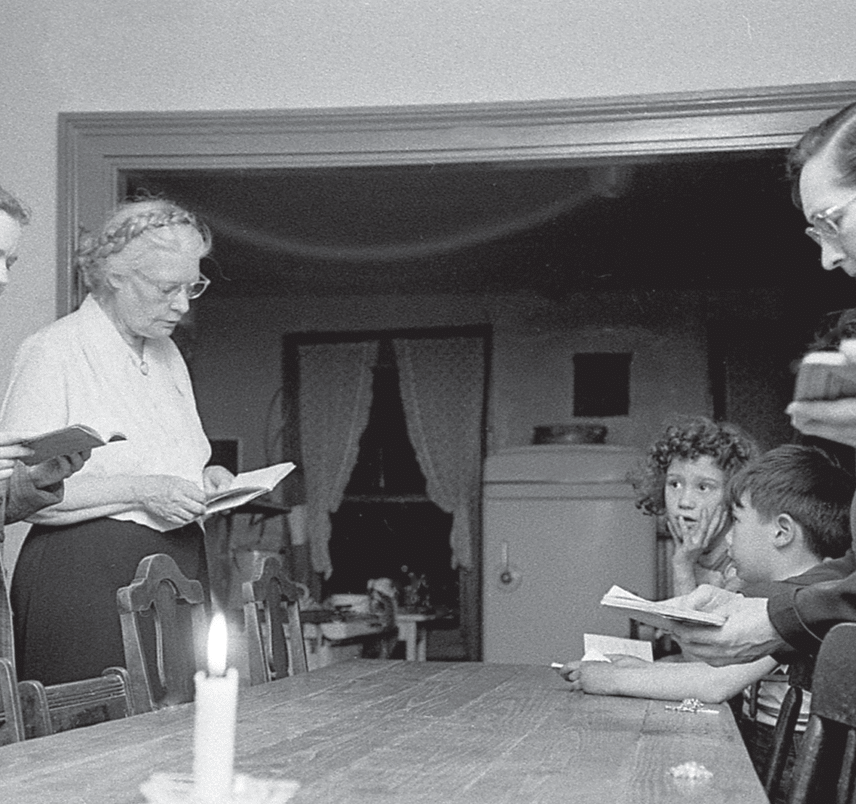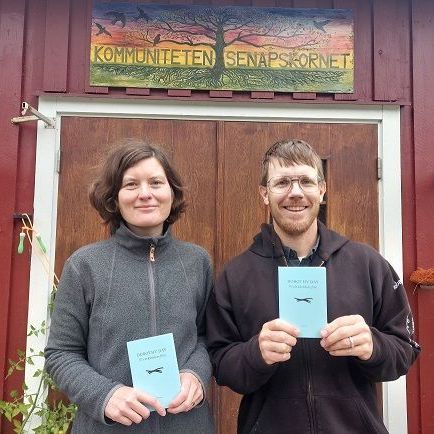MASS AT ST. PATRICK’S CATHEDRAL TO CELEBRATE SEND-OFF
On the 89 th
anniversary of a young Dorothy Day’s famously praying, after covering the 1932 Communist-led Hunger March in Washington, D.C., that some way would open up for her as a Catholic to serve the poor, her Cause for canonization is advancing to Rome’s Congregation for the Causes of Saints. This historic juncture on her long road to official sainthood – marking the end of the Causes’s initial Diocesan phase and the start of its second and final Roman phase — will be joyfully marked with a Mass, celebrated by Timothy Cardinal Dolan at New York’s St. Patrick’s Cathedral at 7:30 p.m. on December 8, 2021, the feast of the Immaculate Conception. The Mass will also be livestreamed at http://saintpatrickscathedral.org/live.
Born in Brooklyn in 1897, Day’s nominally religious family followed her newspaper reporter father’s career first to the San Francisco Bay area where she witnessed the devastation of the great earthquake and the generosity of neighbors helping neighbors and later to Chicago, rife with the brutal abuses of immigrant workers that characterized this country’s early industrialization. As a young girl she had been drawn to religion and was even baptized into the Episcopal Church. But she became disillusioned at what she saw as the hypocrisy of well-off Christians. “Where are the saints,” she asked, “to try to change the social order, not just to minister to the slaves but to do away with slavery?”
She spent two years on scholarship at the University of Illinois at Urbana where she joined the Socialist Party before following her family back to New York where her education began in earnest. Leading the hard-bitten life of a radical newspaper reporter, a rarity for a woman, Dorothy covered protests, participated in rallies, and developed close friendships with both some of the leading radicals and artists, writers, and intellectuals that flocked to Greenwich Village’s bohemia. However, she also experienced suffering and loss in these years, including a destructive relationship that led to an abortion, a rebound marriage ending in divorce, and an attempt at suicide.
It was her deep happiness with the man who later became the father of her only child —
and her immense joy at learning she was pregnant —
that led Dorothy to the Church. She had come to admire the predominantly immigrant Catholic Church as being the church of the poor, but her faith only took firm root with Tamar’s birth in 1926. Not without its cost. Her decision to have her daughter baptized along with her own conversion and baptism in 1927 led to the end of her common law marriage and the loss of many of her radical friends.
And she was lonely as a Catholic, knowing no Catholics who shared her social passions. She longed for a synthesis between what she called the “spiritual” and the “material.” That came in the person of Peter Maurin, an itinerant French worker/scholar, steeped in Catholic social teaching. He was literally the answer to her anguished prayer that day in 1932, appearing on the doorstep of her apartment upon her return to New York City, having been advised by the editor of a Catholic journal that he and Day shared similar ideas.
Peter had a vision of a society constructed on Gospel values. It wasn’t long before they published a newspaper called “The Catholic Worker,” in contrast to the Communist “Daily Worker” in which they argued that the Catholic Church cared about both man’s spiritual and bodily welfare. The paper led to the founding of a “house of hospitality” — where the poor were not only fed but welcomed as being brothers and sisters in Christ – that laid the basis for a lay movement espousing the lifestyle of the early Christians, distinguished by the daily practice of the works of mercy and the embrace of non-violence and voluntary poverty. Today, an estimated 167 houses and farming communes exist across the nation and another 27 abroad.
At the Catholic Worker, Dorothy Day lived a life faithful to the injunctions of the Gospel. Often the newspaper quoted G.K. Chesterton’s famous observation that Christianity hadn’t really failed — it had never really been tried. Day’s life was spent trying — her actions so consistent, they were confounding. Regardless of the war, whether the great “good war” of World War II or the Vietnam War, she asserted pacifism. Always she stood by the worker, leading to her last arrest in the seventies (and in her seventies) while picketing in support of Cesar Chavez’s striking farm workers. Her long pilgrimage ended at Maryhouse in New York City on November 29, 1980, where she died among the poor in whom she always saw the face of Christ.
“In many ways,” explains George Horton, a vice-postulator of her Cause, “Dorothy Day became the saint she had been looking for since childhood. She seamlessly fused a radical politics with an orthodox faith nurtured by daily Mass and Communion.”
In the “Cause” (or “case”) for Dorothy Day, the first major steps have now been completed. After initiating meetings with people who had known and worked closely with her, John Cardinal O’Connor in February 2002 formally requested that the Congregation for the Causes of Saints in Rome consider her canonization. Upon the Congregation’s approval, Dorothy Day was officially named a “Servant of God.” In 2005, the Guild was established to support the Cause by gathering the extensive evidence attesting to her holiness, including interviews with family, friends, and associates; copies of all the writings by and about her; and transcriptions of her dairies and journals – an immense task, years in the doing, and only recently completed. Now, at this special Mass in tandem with the Archdiocese’s Youth Ministry – Dorothy always appealing to the idealism associated with the young – the Cause returns to the Congregation.
“Bells will ring out joyfully that day,” says Horton. “The canonization process is long and arduous; the Church doesn’t want to make a mistake. Hence the stress on ‘evidence’ to prove holiness. With Dorothy, however, there is no worry about evidence. The worry instead is how to transmit to Rome the over 50,000 pages in 128 archival boxes holding it!”
Benedictine monasteries across the country will, In fact, ring their bells that day, as will the Cathedral of St. Patrick chime its – an action reserved for only the highest of occasions. Not only will they call us to celebrate this historic day but they will serve to remind us of something Dorothy Day never forgot: we are all called to be saints. In the end, Dorothy Day matters – as all saints do – because she provides us a new model for our own holiness.
Archived Comments






